Business analytics tools have become indispensable for businesses of all sizes, transforming how companies understand their operations, customers, and market trends. Gone are the days of relying solely on gut feelings; today’s businesses need data-driven insights to make informed decisions, optimize performance, and ultimately, gain a competitive advantage. This guide explores the landscape of business analytics tools, outlining the key options available and how to choose the right ones for your specific needs. Understanding the different types of analytics and the tools that support them is crucial for maximizing the value of your data. Let’s dive in.

Understanding the Importance of Business Analytics
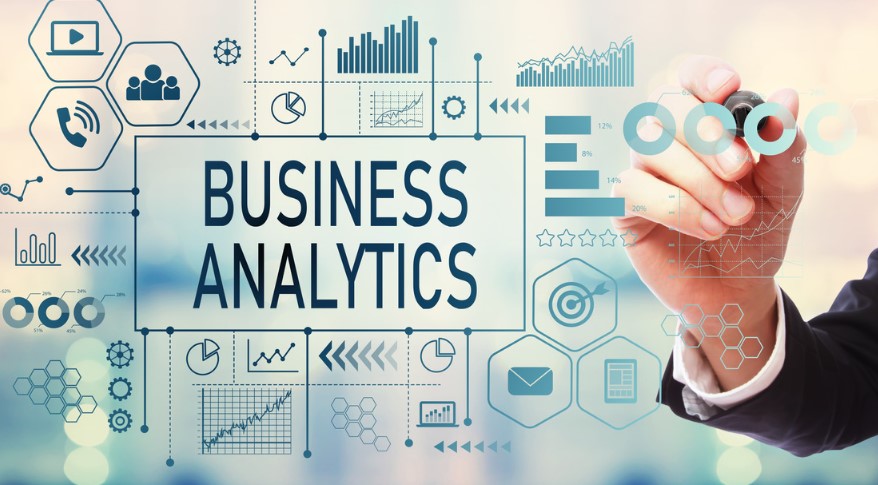
The shift towards data-driven decision-making isn’t just a trend; it’s a fundamental necessity. Businesses are increasingly recognizing that raw data alone is insufficient. Analyzing data allows organizations to identify patterns, uncover hidden insights, and predict future outcomes. Without effective analytics, businesses risk making decisions based on assumptions rather than facts, leading to wasted resources and missed opportunities. Business analytics tools provide the means to translate complex data into actionable intelligence. The benefits extend far beyond simple reporting; they encompass improved efficiency, increased revenue, and enhanced customer satisfaction. Companies that embrace analytics are better positioned to adapt to changing market conditions and stay ahead of the competition.
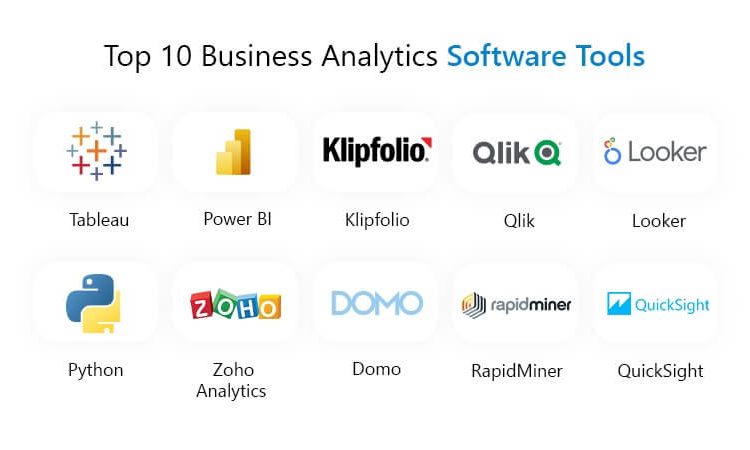
Key Types of Business Analytics Tools
The world of business analytics tools is surprisingly diverse, catering to a wide range of needs and budgets. Here’s a breakdown of some of the most popular categories:
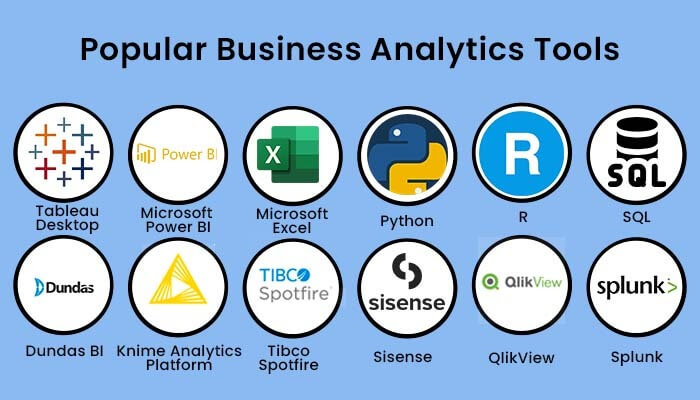
Data Visualization Tools: These tools are designed to transform raw data into visually appealing charts, graphs, and dashboards. They’re invaluable for quickly identifying trends and patterns that might be difficult to spot with spreadsheets. Popular options include Tableau, Power BI, and Google Data Studio. These tools allow users to easily explore data and communicate insights effectively.

Business Intelligence (BI) Platforms: BI platforms offer a comprehensive suite of tools for data warehousing, reporting, and analysis. They often integrate with other business applications, such as CRM and ERP systems. Examples include Microsoft Power BI, SAP BusinessObjects, and Oracle Analytics Cloud. These platforms are typically used by larger organizations with complex data needs.
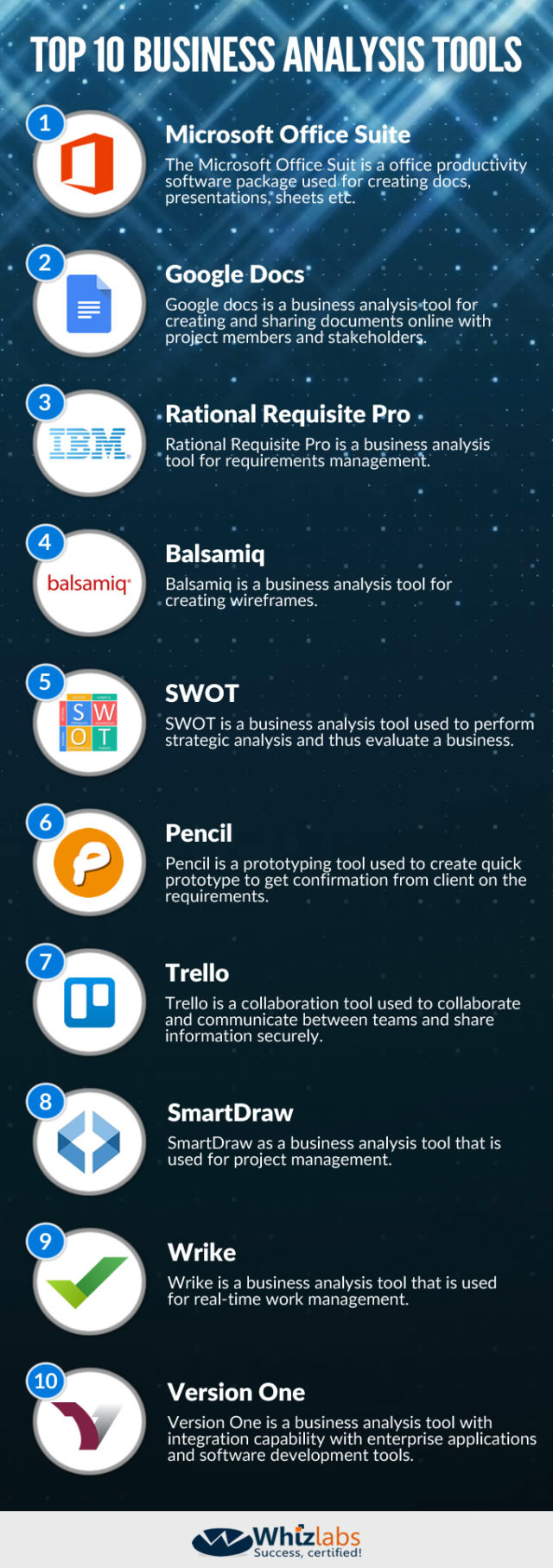
Statistical Analysis Software: For businesses that require more in-depth statistical analysis, statistical software packages like R, Python (with libraries like Pandas and NumPy), and SPSS are essential. These tools allow for complex statistical modeling, hypothesis testing, and predictive analytics. They are particularly useful for marketing campaigns, customer segmentation, and risk management.
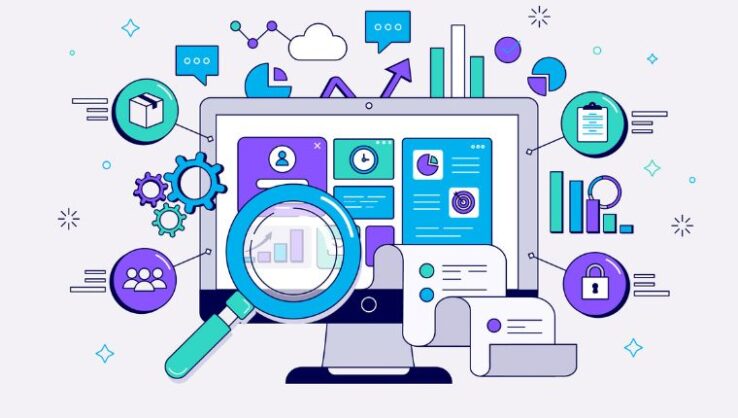
Marketing Analytics Tools: These tools are specifically designed to analyze marketing campaign performance. They track website traffic, lead generation, conversion rates, and other key metrics. Popular options include Google Analytics, HubSpot, and Adobe Analytics. They help marketers optimize their campaigns and improve ROI.
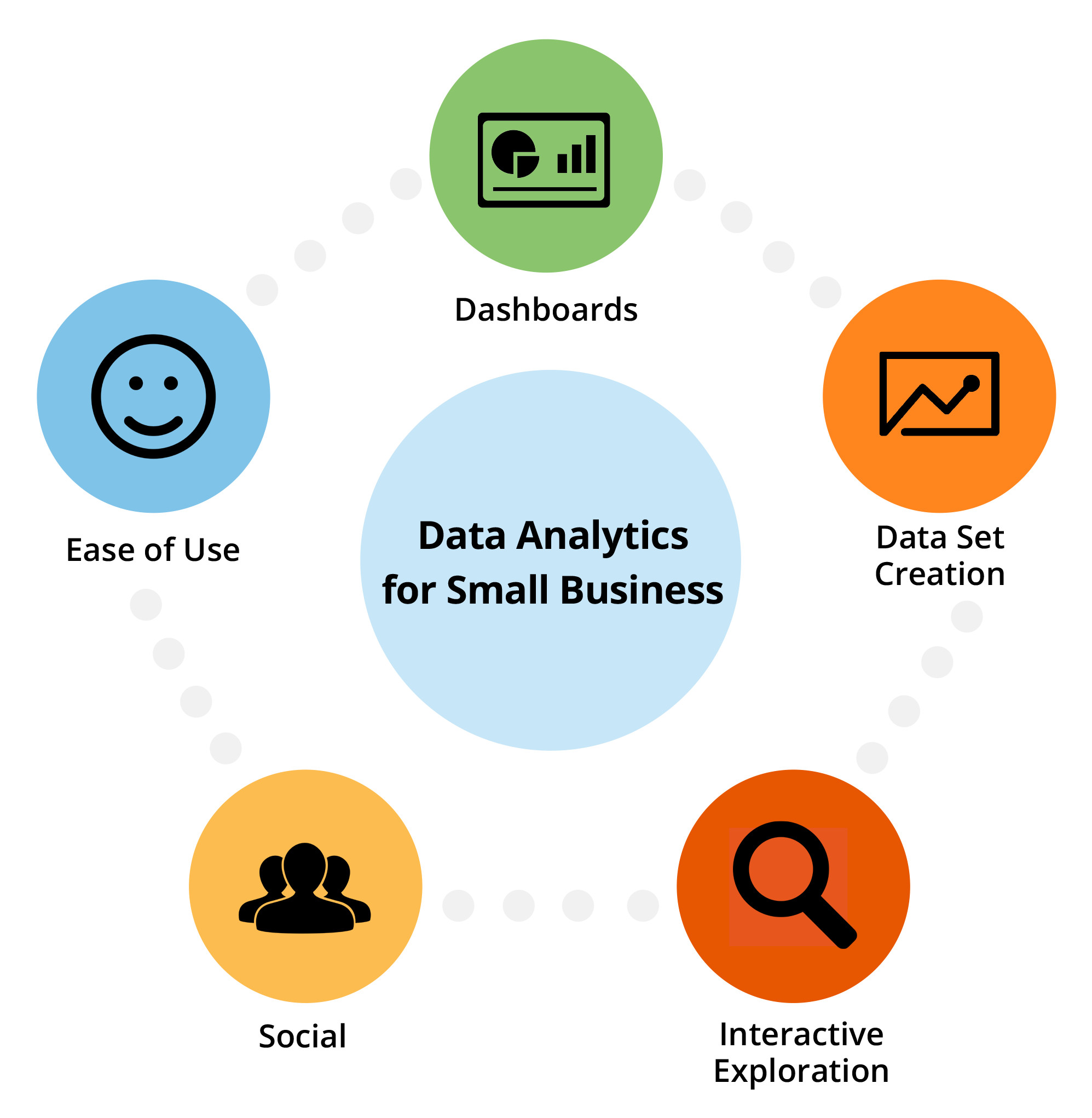
CRM Analytics: Customer Relationship Management (CRM) systems often include built-in analytics capabilities, providing insights into sales performance, customer behavior, and marketing effectiveness. These tools can help businesses personalize their customer interactions and improve customer retention.
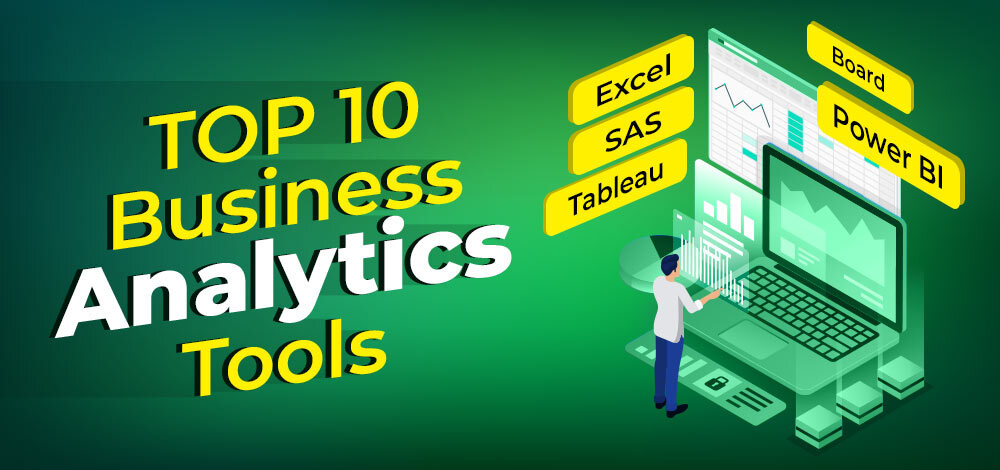
Choosing the Right Business Analytics Tools
Selecting the appropriate business analytics tools depends heavily on your specific business goals, data sources, and technical expertise. Here are some key factors to consider:
Data Sources: Where does your data reside? Do you have data in a CRM, a database, a spreadsheet, or multiple sources? The tools you choose should be able to connect to these sources.
Data Volume: How much data do you have? Some tools are better suited for handling large datasets than others.
Technical Expertise: Do you have a team with the technical skills to implement and manage complex analytics solutions? Or do you need a more user-friendly, drag-and-drop interface?
Budget: Business analytics tools range in price from free to hundreds of thousands of dollars per year. Determine your budget and prioritize the features that are most important to your needs.
Integration: How well does the tool integrate with your existing systems and workflows? Seamless integration is crucial for maximizing the value of your analytics investments.
Advanced Analytics Techniques
Beyond basic reporting and visualization, businesses are increasingly leveraging more advanced analytics techniques to gain deeper insights. Here are a few examples:
Predictive Analytics: Using statistical models to forecast future outcomes. This can be used to predict customer churn, identify potential sales opportunities, or optimize inventory levels.
Machine Learning: Algorithms that allow computers to learn from data without being explicitly programmed. Machine learning is used for tasks such as fraud detection, personalized recommendations, and image recognition.
Big Data Analytics: Analyzing extremely large datasets that are difficult to process using traditional methods. Big data analytics often involves the use of Hadoop and Spark.
Best Practices for Data-Driven Decision Making
Implementing a successful analytics strategy requires more than just selecting the right tools. Here are some best practices to keep in mind:
Define Clear Objectives: Before you start analyzing data, clearly define what you want to achieve. What questions are you trying to answer? What decisions do you want to make?
Start Small: Don’t try to boil the ocean. Start with a pilot project to test your analytics approach and demonstrate its value.
Data Quality is Key: Ensure that your data is accurate, complete, and consistent. Poor data quality can lead to misleading insights.
Communicate Insights Effectively: Don’t just present data; explain the insights in a clear and concise way. Use visualizations to help your audience understand the key takeaways.
Iterate and Improve: Analytics is an ongoing process. Continuously monitor your results, refine your approach, and adapt to changing business needs.
Conclusion
Business analytics tools are no longer a luxury; they are a necessity for businesses of all sizes. By leveraging the right tools and adopting best practices, organizations can unlock the power of their data and gain a significant competitive advantage. The ability to understand customer behavior, optimize operations, and make data-driven decisions is increasingly critical for success in today’s dynamic marketplace. Investing in a robust analytics strategy is an investment in the future of your business. Business analytics tools empower organizations to transform raw data into actionable intelligence, driving growth and innovation.
